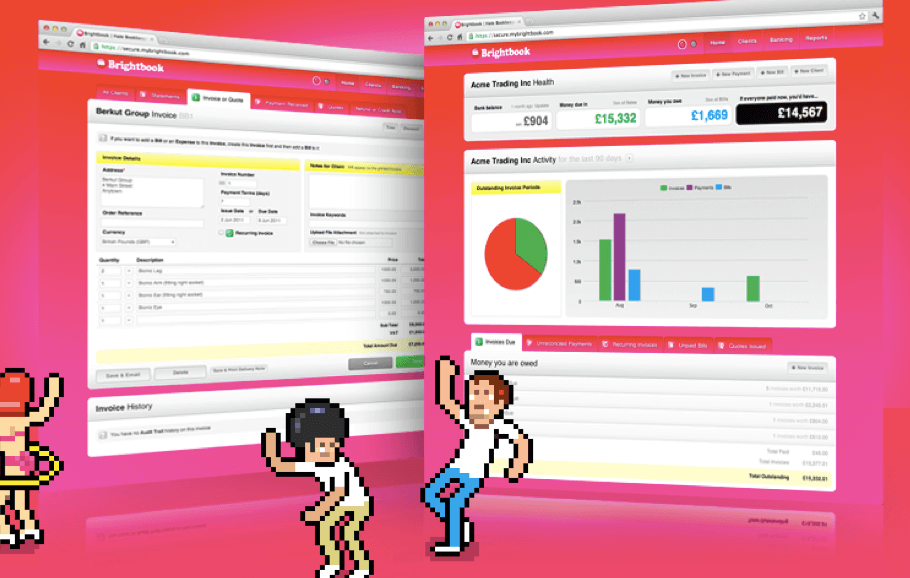Straight Talk Only! This is a tough one.
It is common for many freelancers to actively seek out the freelance lifestyle because of the autonomy it affords us right now. We get to live while we’re alive and not just bank our freedom until we hit retirement age. However… it is absolutely crucial we put steps in place now so that the freedom we fought so hard to achieve is still available to us when we do step away from the gig economy.
As a freelancer, planning for retirement can be challenging due to the lack of employer benefits and financial security. Additionally, factors such as health insurance, tax obligations, and superannuation add other layers of complexity. Time for a deep dive (so we can afford that tropical deep dive 30 years from now! 😁🌴😍.)
Top 10 Steps to Comfortable Retirement as a Freelancer
At Australia’s Freelancing Hub, we believe with proper planning and proactive steps, freelancers can secure a comfortable future, so we have compiled a comprehensive guide on the Top 10 crucial steps you need to take to retire comfortably.
Step 1: Assess Your Current Financial Situation
Begin by evaluating your current income, expenses, and debt. This assessment will help you determine your retirement savings goal. Track your income and expenses meticulously, and identify areas where you can reduce unnecessary spending. Creating and sticking to a budget will help you allocate funds towards retirement savings.
Step 2: Set Clear Retirement Goals
Setting specific retirement goals is essential. Consider factors such as your desired age of retirement and the standard of living you envision. Once you have clarity on your retirement goals, you can calculate the required retirement savings to achieve them.
Step 3: Create a Retirement Savings Plan
Explore retirement savings options available to freelancers, specifically superannuation. As you have no employer contributing to your super, it’s smart to save approximately 10% of your earnings monthly. Understand the contribution limits, tax advantages, and the importance of consistent savings. Automating contributions can ensure regular savings.
Step 4: Diversify Your Investments
Diversifying your retirement portfolio is crucial to minimise risk and maximise returns. Consider options such as stocks, bonds, mutual funds, and real estate. Consulting with a financial advisor can help you tailor an investment strategy aligned with your risk tolerance and retirement goals.
Step 5: Prioritise Health Insurance Coverage
Securing health insurance is vital for freelancers. Without employer-provided benefits, being uninsured can pose significant financial risks. Research and explore affordable health insurance options, whether through private plans or professional associations.
Step 6: Consider Disability and Long-Term Care Insurance
Protect yourself against unforeseen events by obtaining disability and long-term care insurance. Take into account your individual needs and budget when selecting appropriate coverage. In the event of disability or long-term care requirements, these insurances provide peace of mind to you and your family.
Step 7: Maximise Tax Efficiency
Understand and leverage the benefits and tax obligations specific to freelancers. Deductions, self-employment tax, and estimated tax payments are important considerations. Working with a knowledgeable tax professional can help optimise tax planning and minimise tax liabilities.
Step 8: Continuously Educate Yourself about Retirement Planning
Staying informed about retirement planning strategies, changes in tax laws, and investment options is crucial. Engage in continuous education through freelance books, websites, and financial advisors specialising in retirement planning.
Step 9: Regularly Review and Adjust Your Plan
Regularly review your retirement plan and make adjustments based on changing circumstances. Reassess your retirement goals, savings contributions, and investment allocations. Stay agile, and adapt your plan as needed to ensure it remains aligned with your desired future.
Step 10: Seek Professional Financial Advice
Consulting with a reputable financial advisor specialising in retirement planning can add great value. Find an advisor who understands the unique tax situations of freelancers. Ask questions and ensure you have a clear understanding of their fees and services.
Continue Work-Life Balance into Retirement
As freelancers, we have already decided that a harmonious work-life balance is a priority for us. Don’t lose that focus as you edge closer to giving up work for good.
Retirement planning is critical for freelancers to ensure a secure and comfortable future. We hope these 10 steps will help you take control of your financial wellbeing. Start early, consistently save, and remain proactive in securing your retirement. Take action today and lay the foundation for a comfortable retirement as a freelancer. See you on the sand, where no laptop should ever be seen! 😎
- Tax Return for Australian Freelancers: A Practical Guide - 02/04/2025
- Cost of Living Crisis: Strategies for Freelance Rate Increase - 15/11/2024
- Cybersecurity Precautions for Digital Nomads - 15/07/2024






